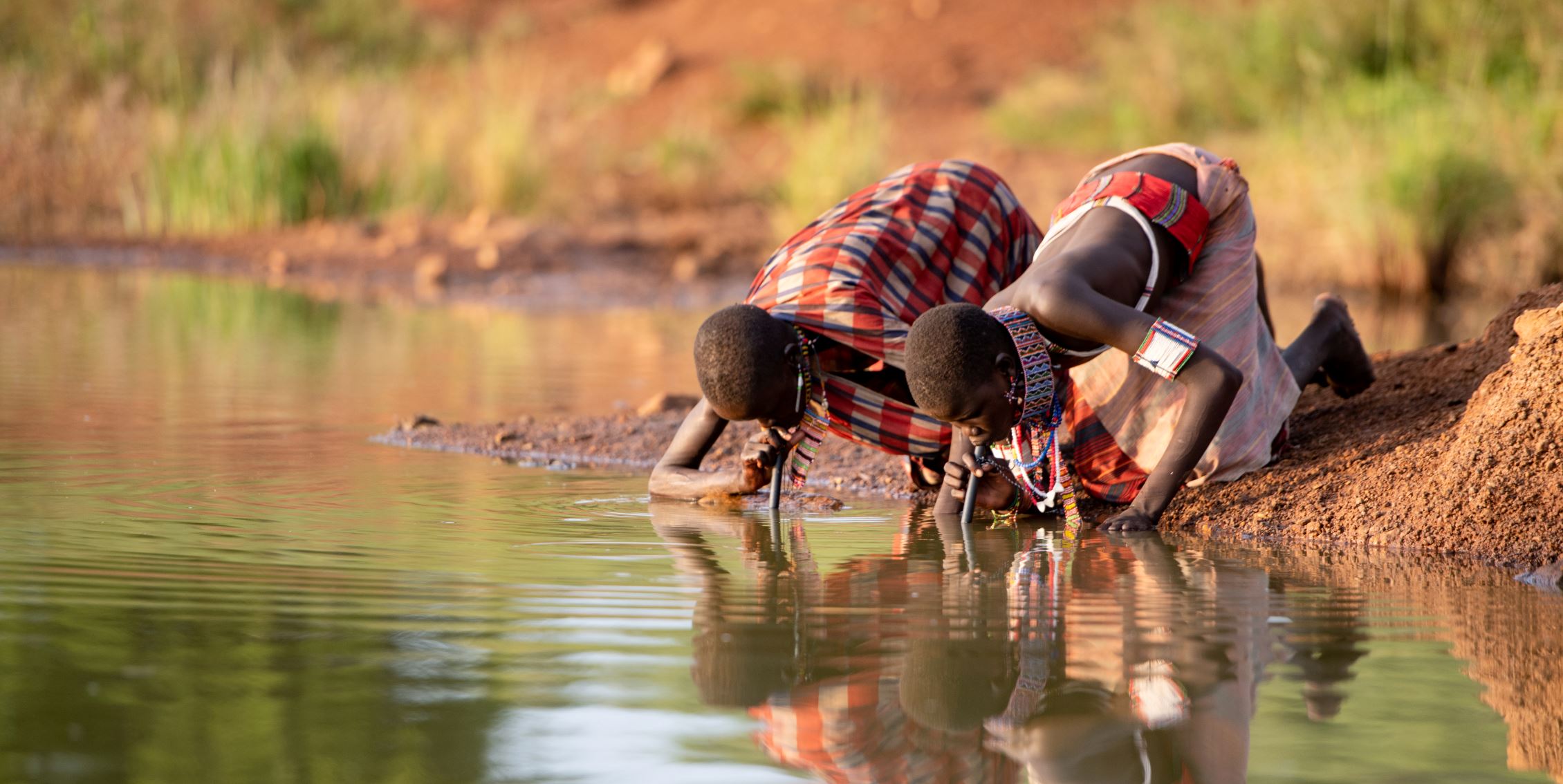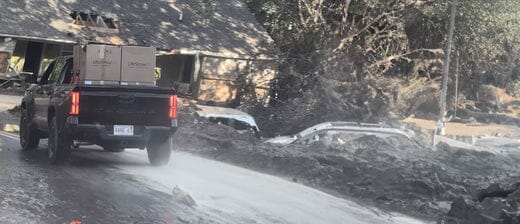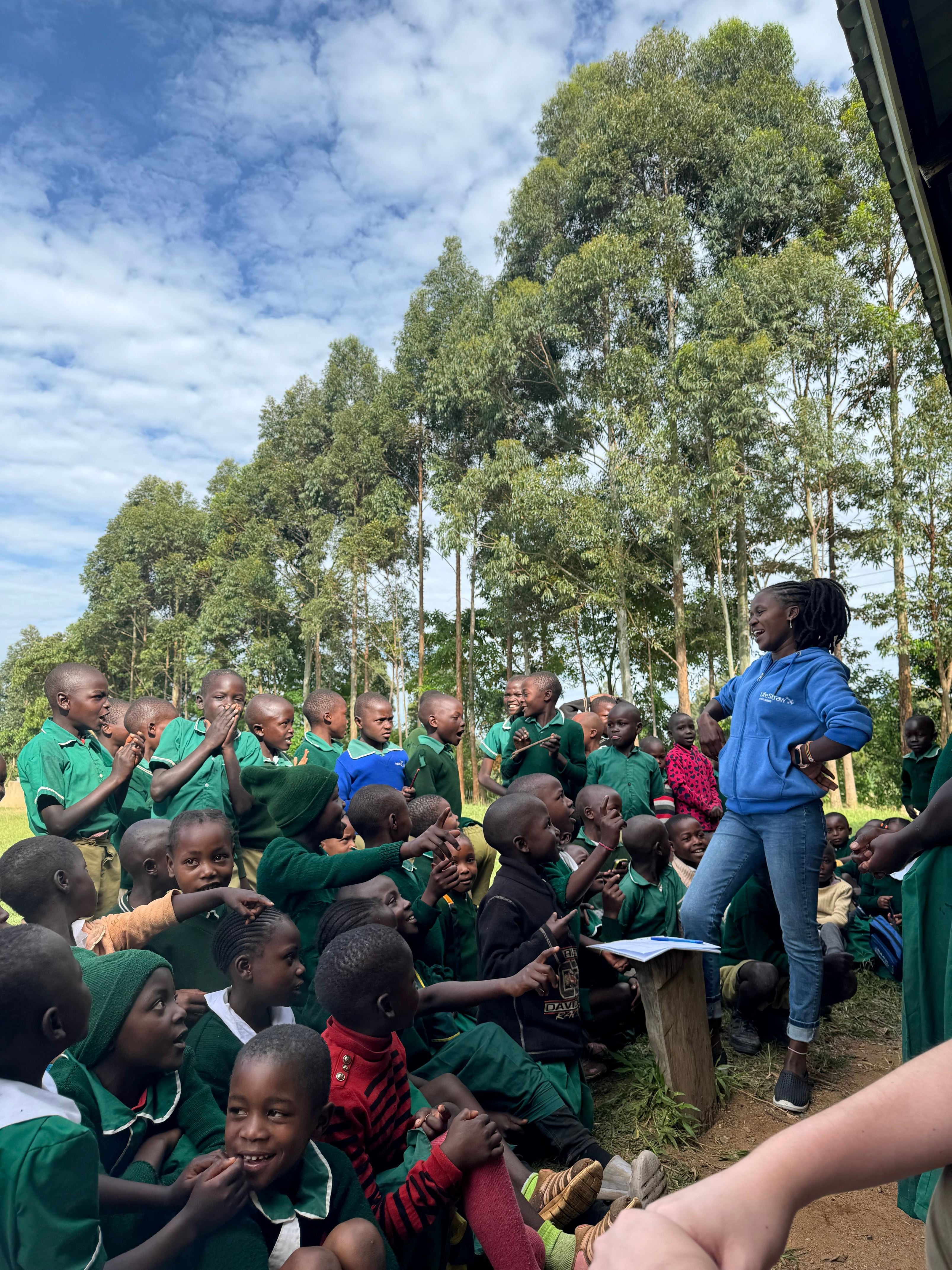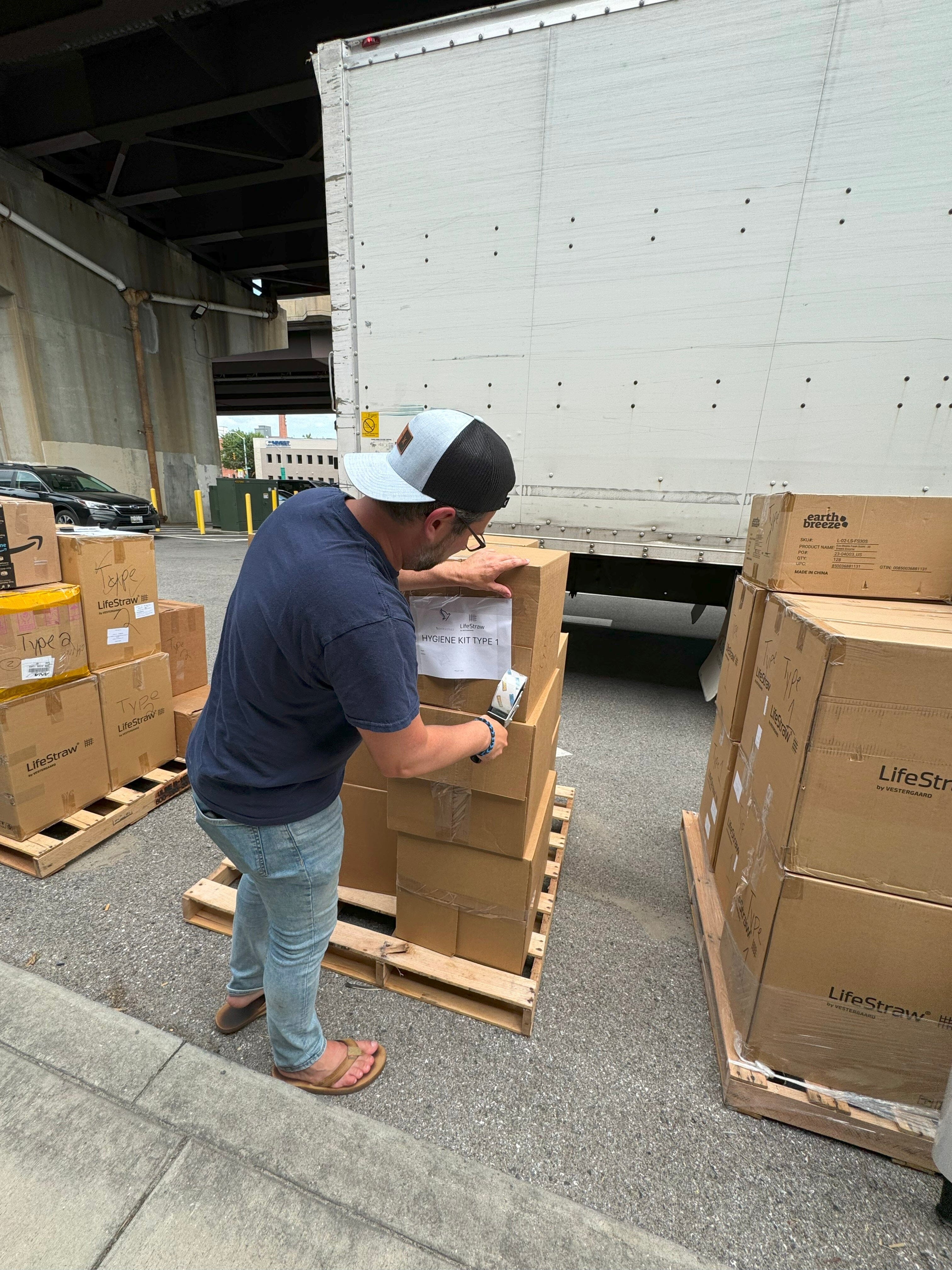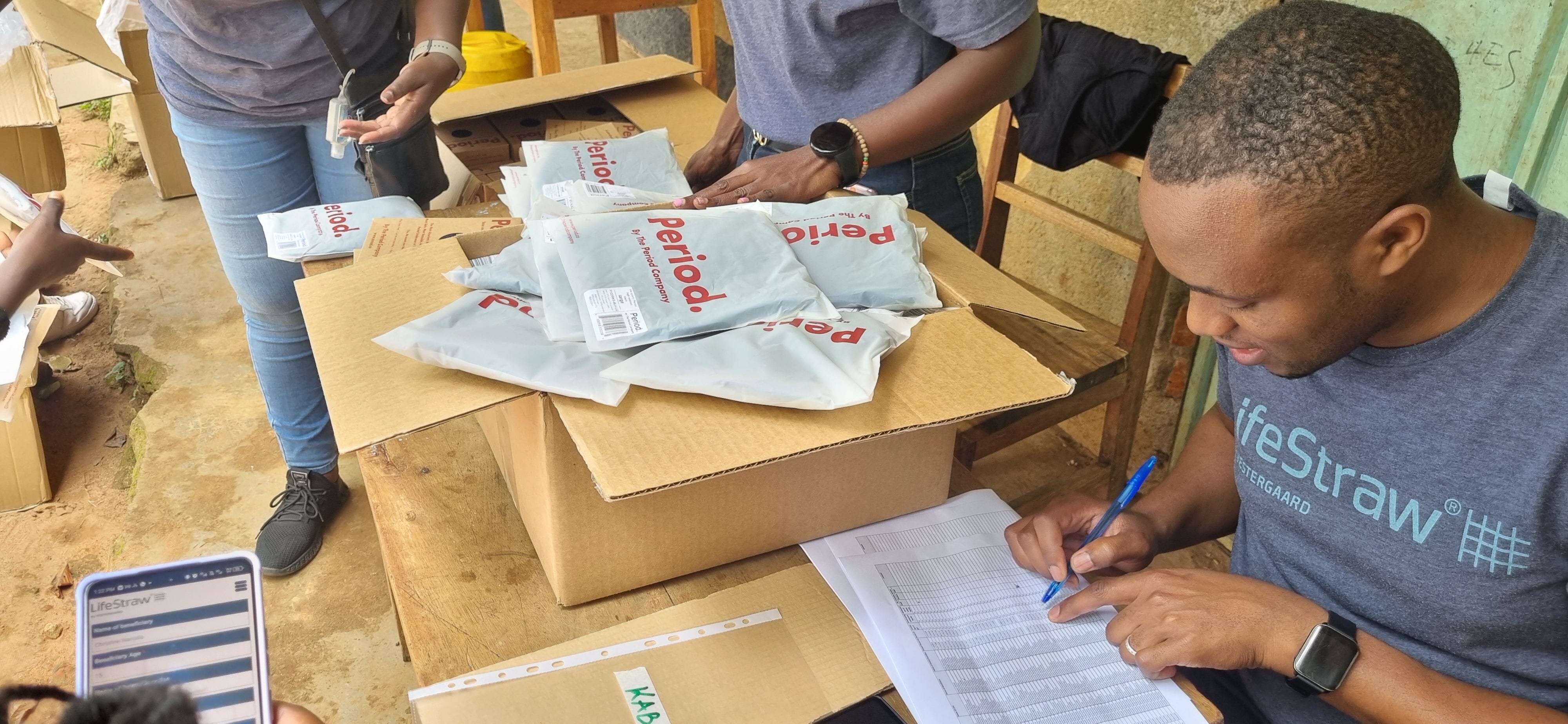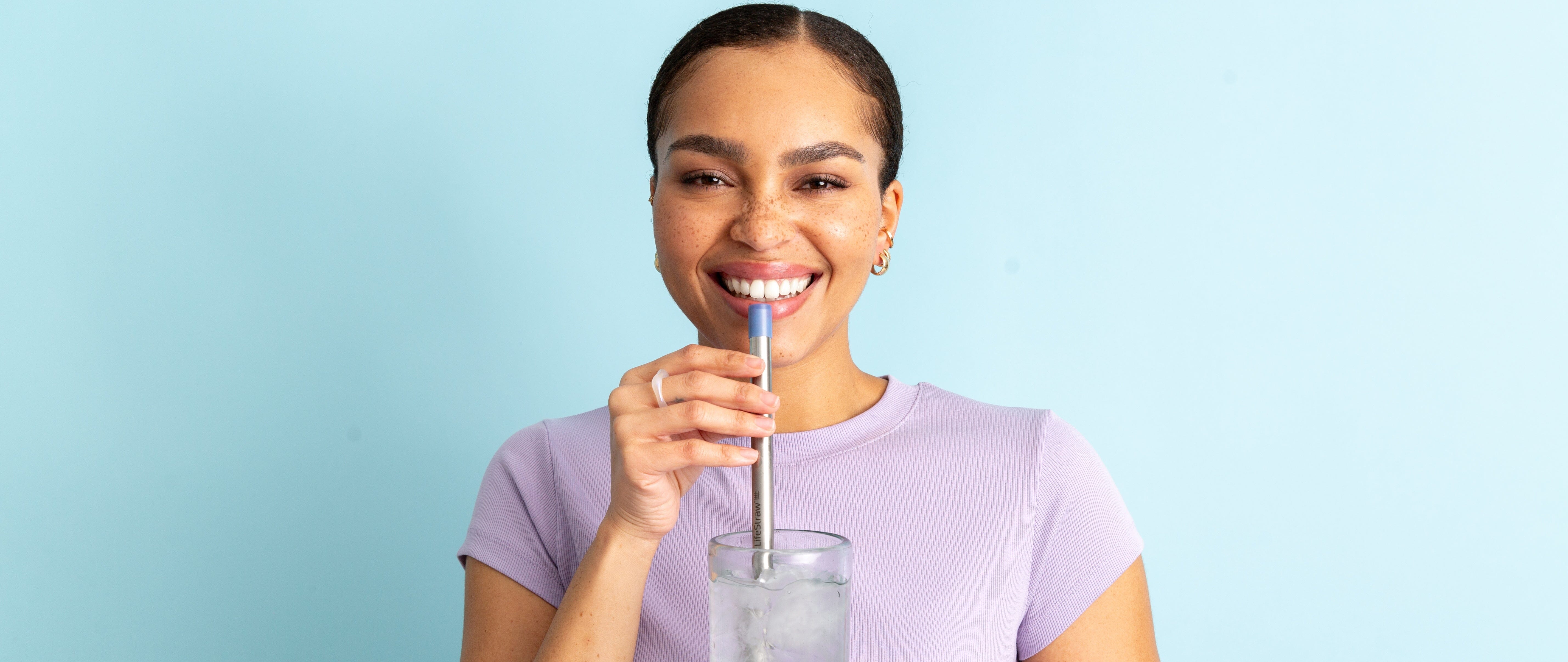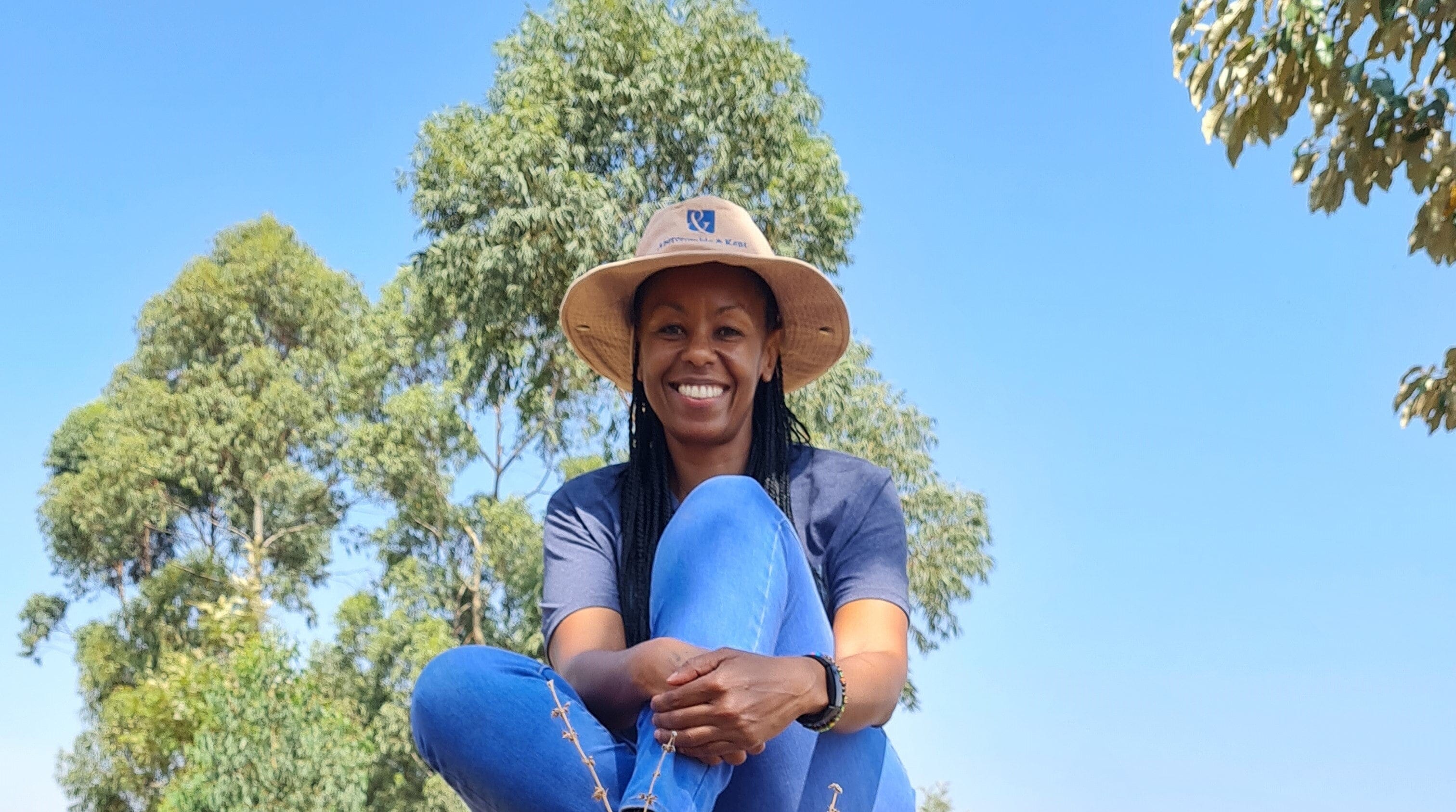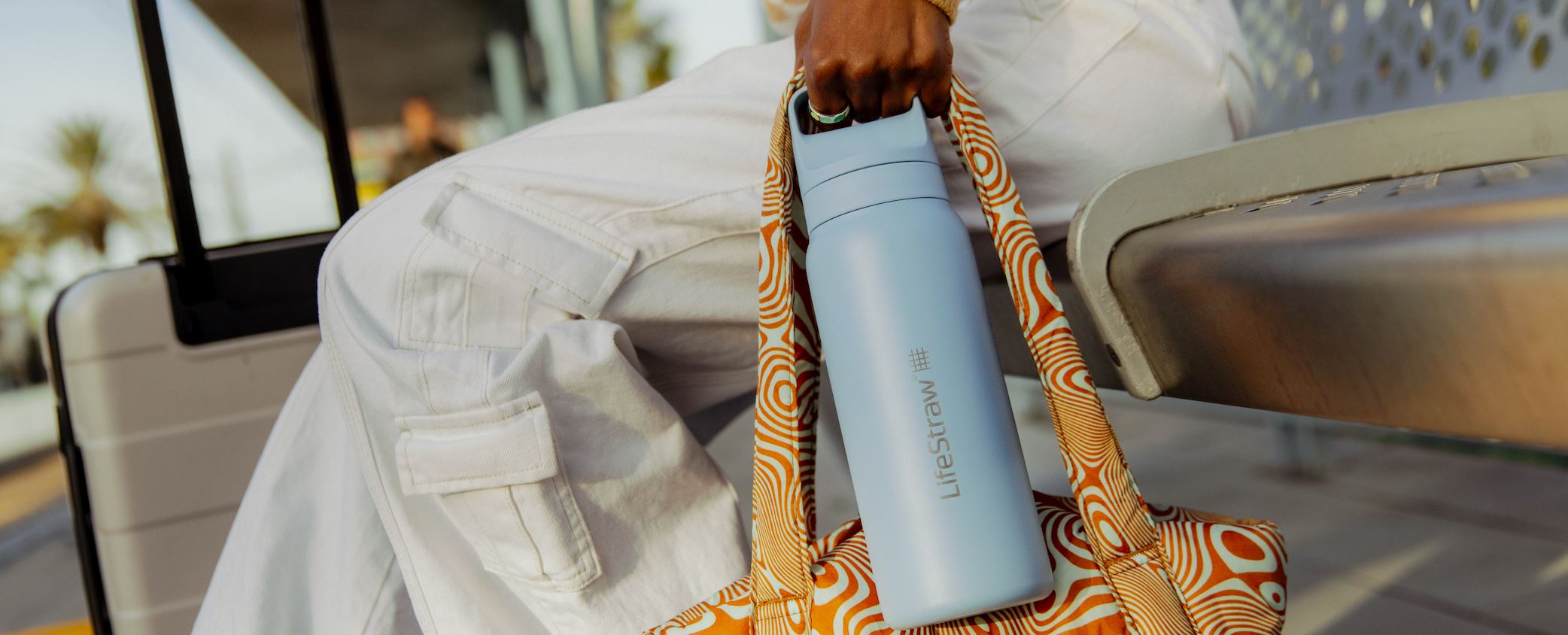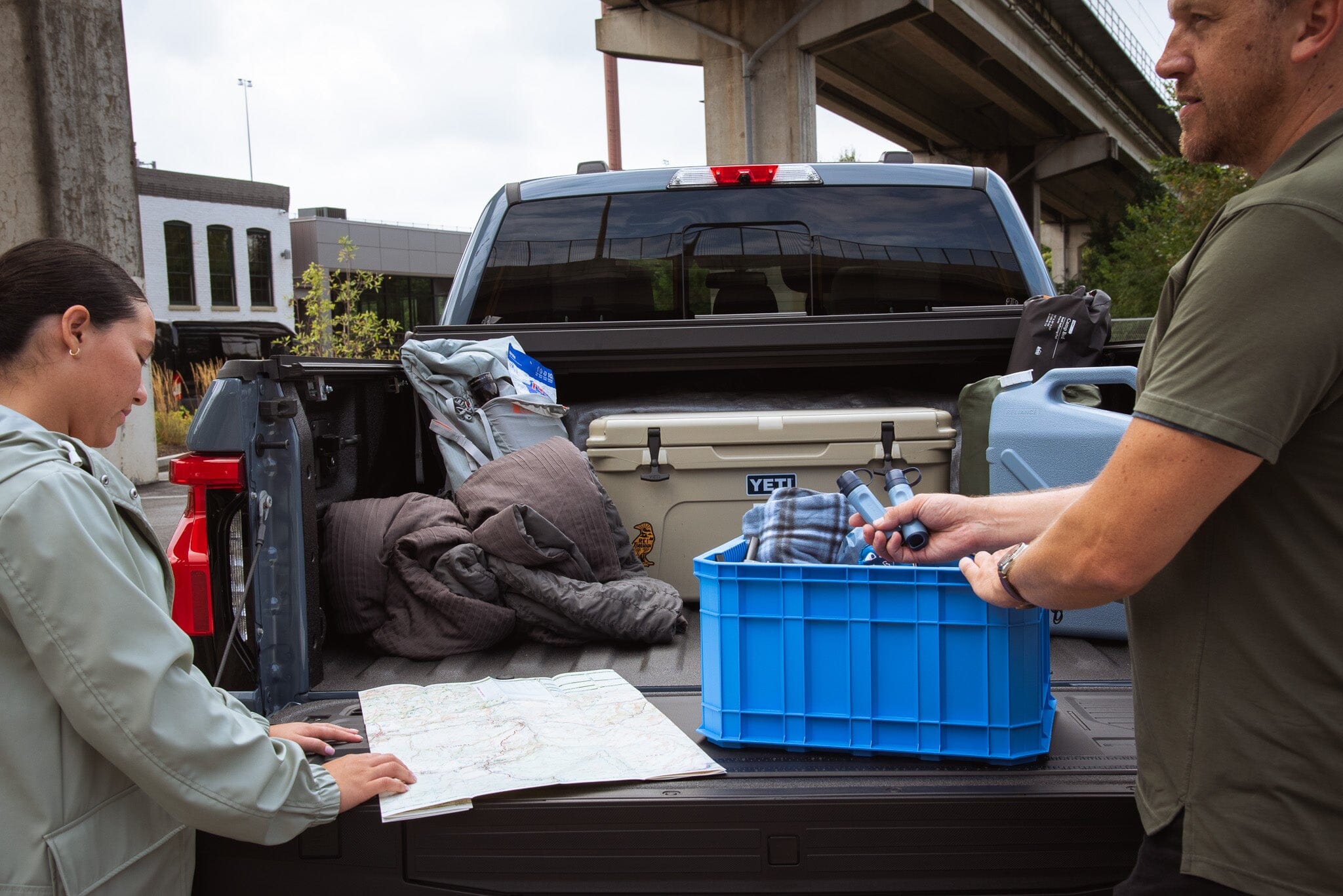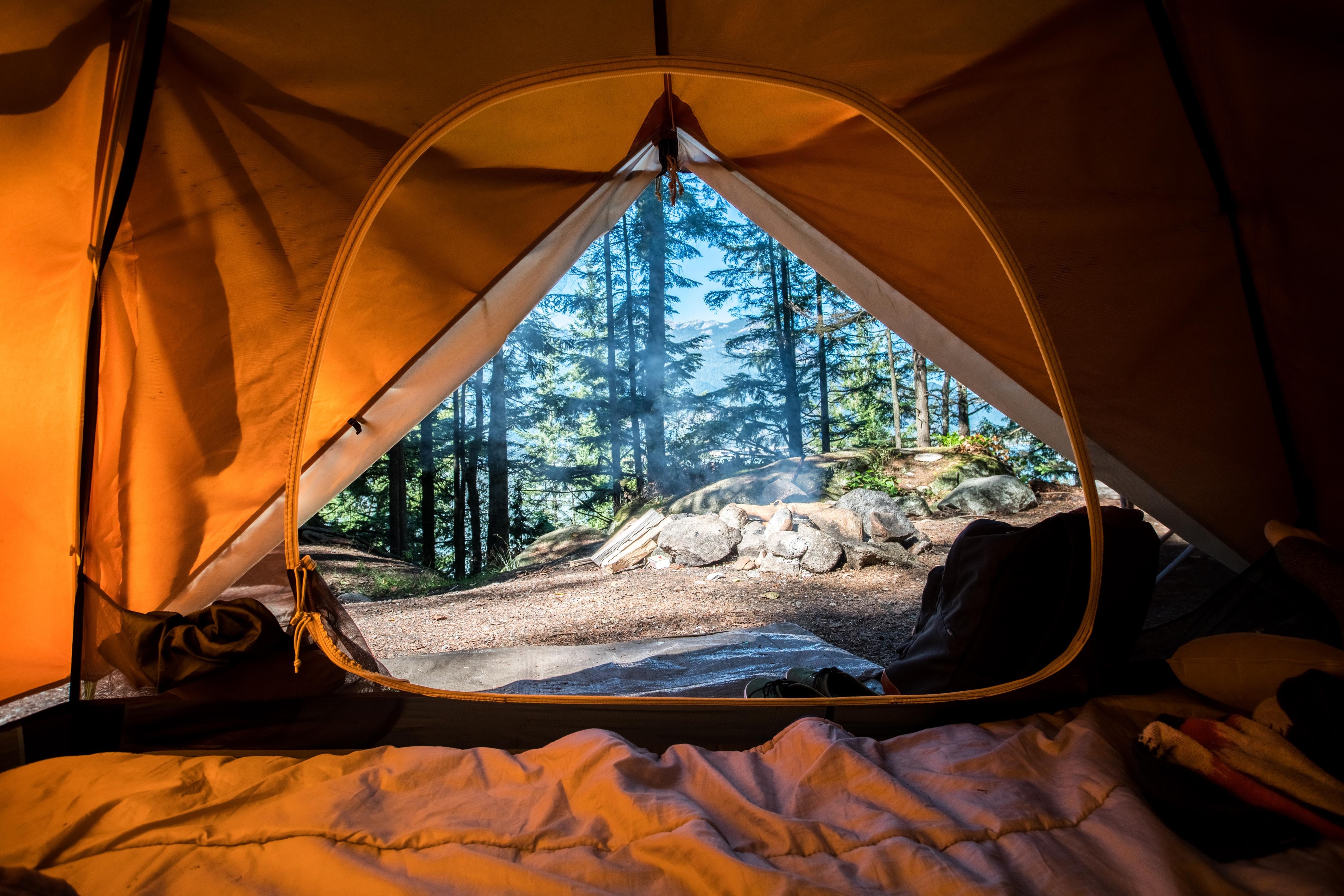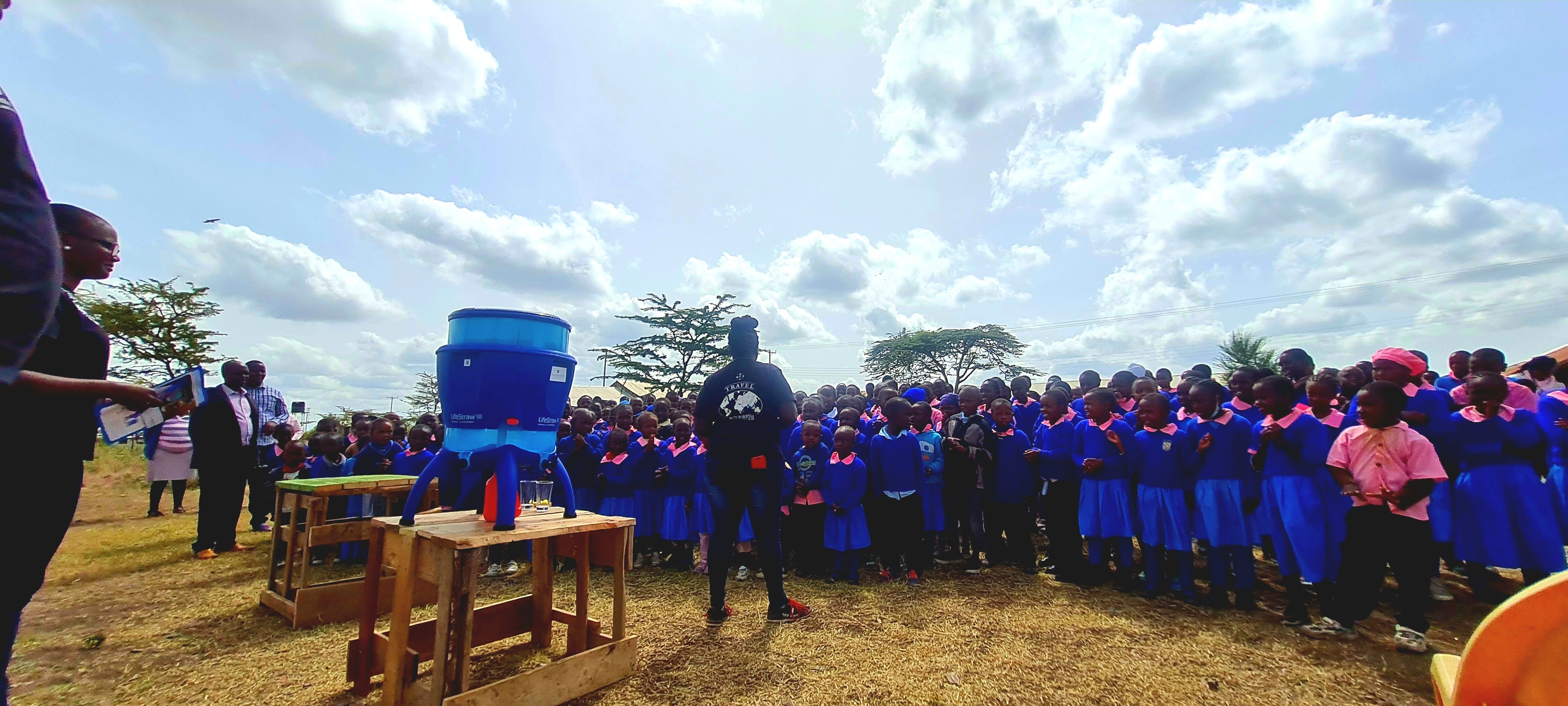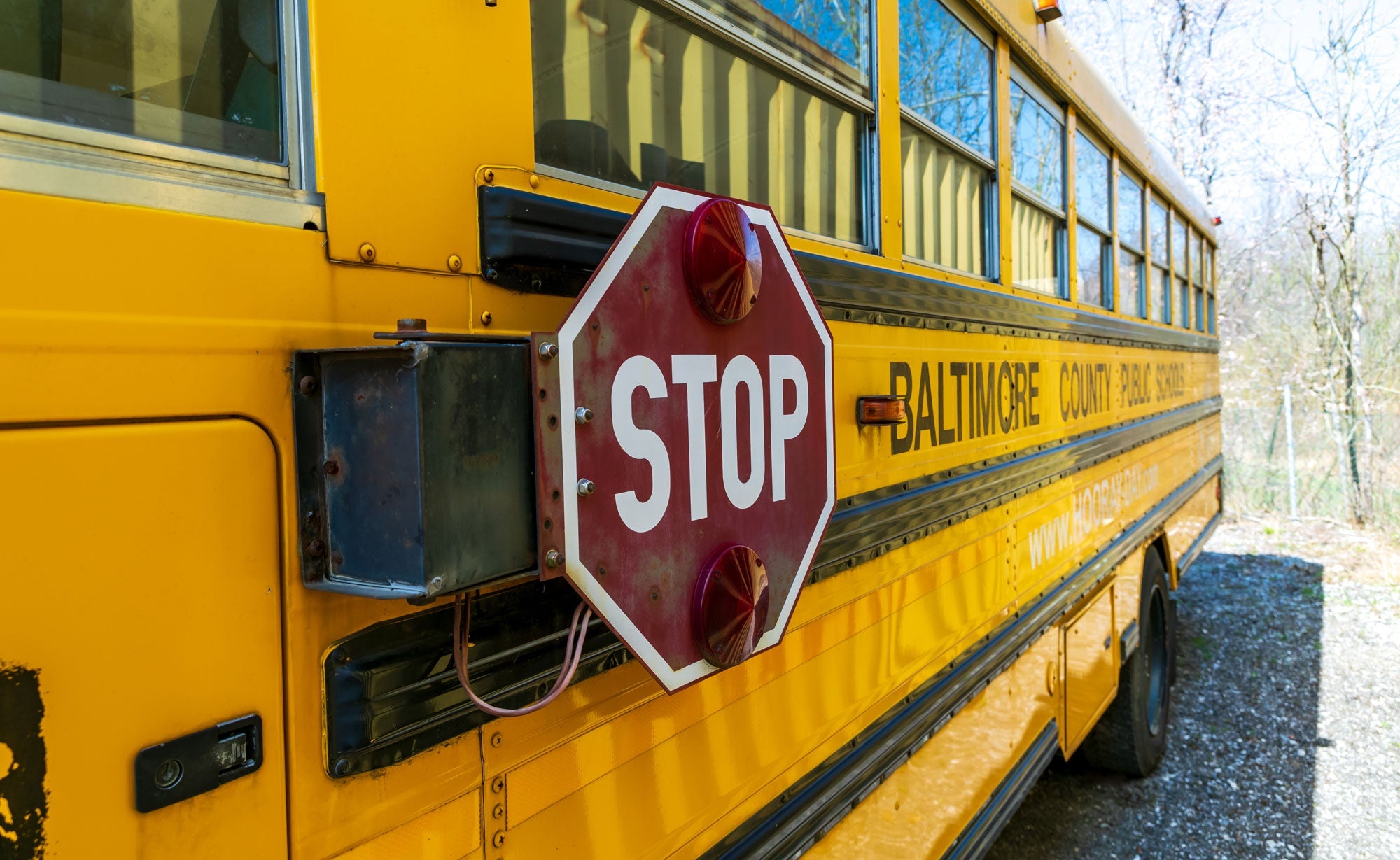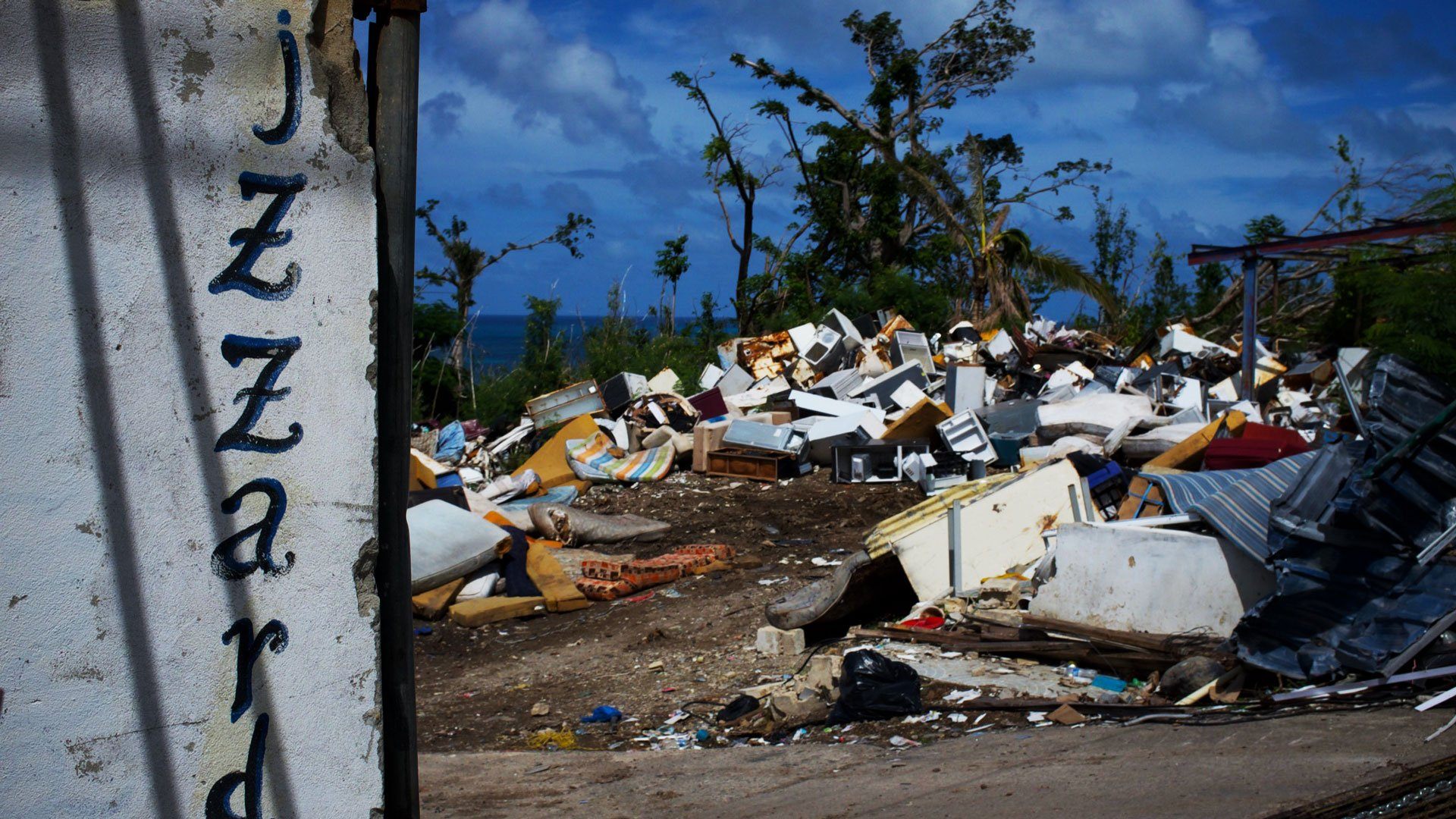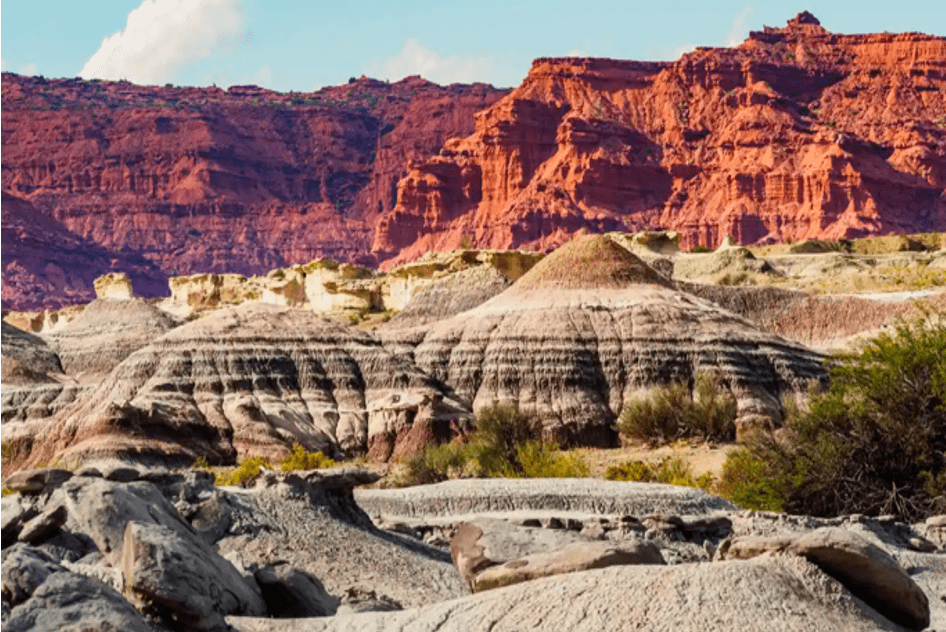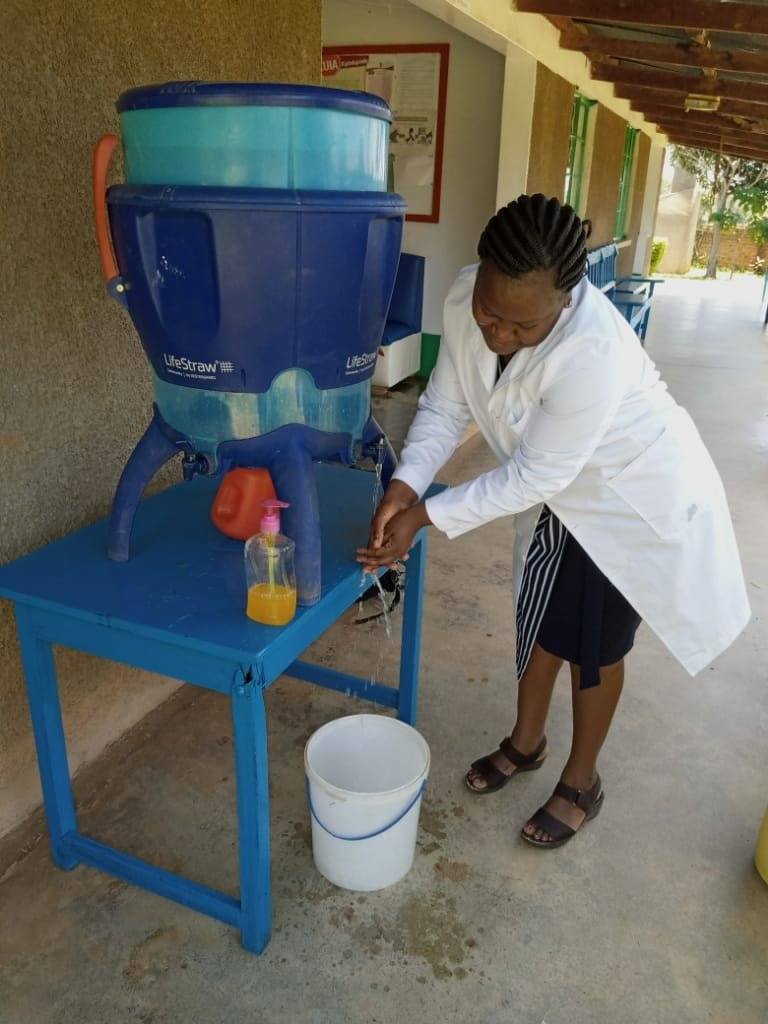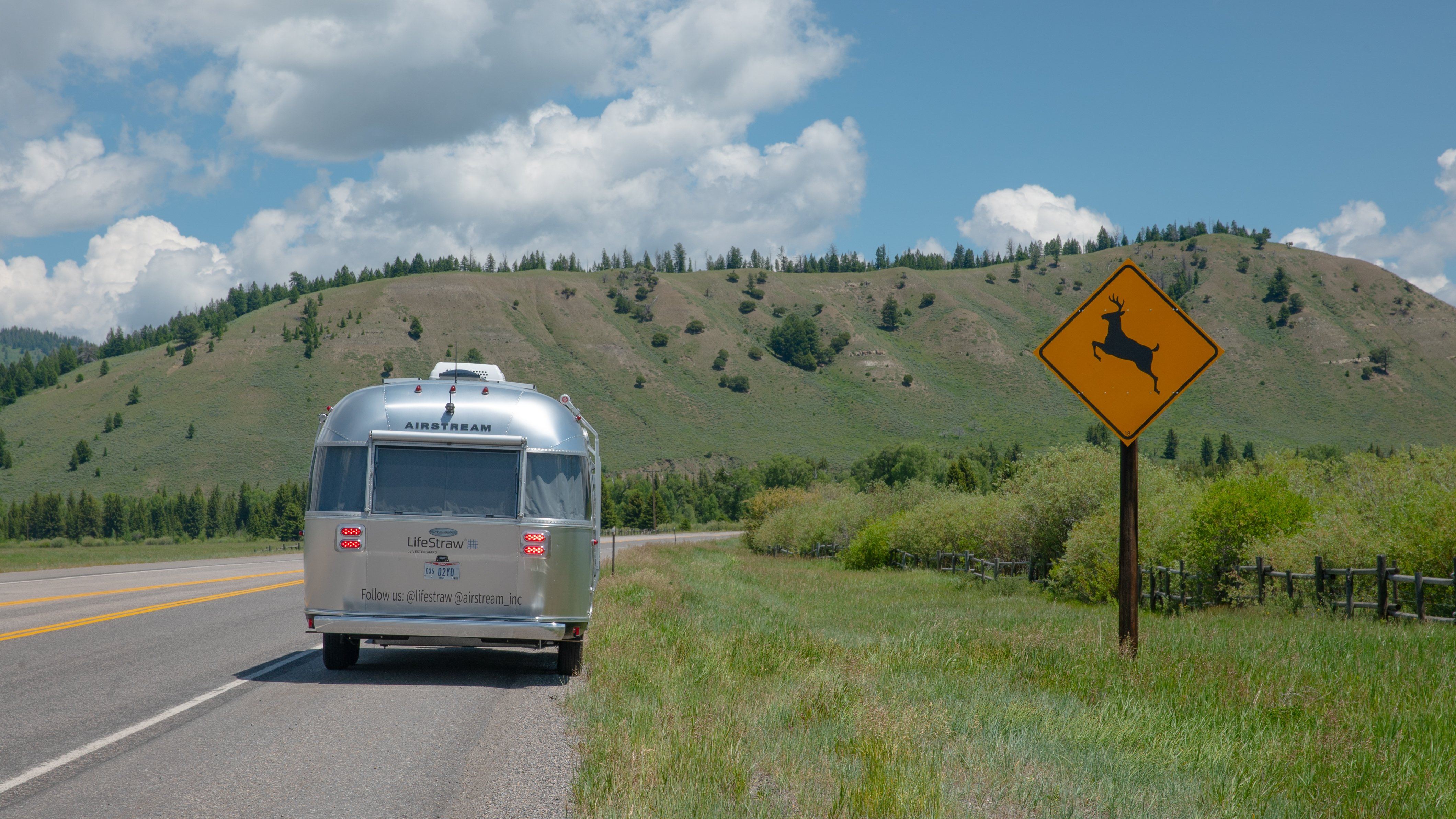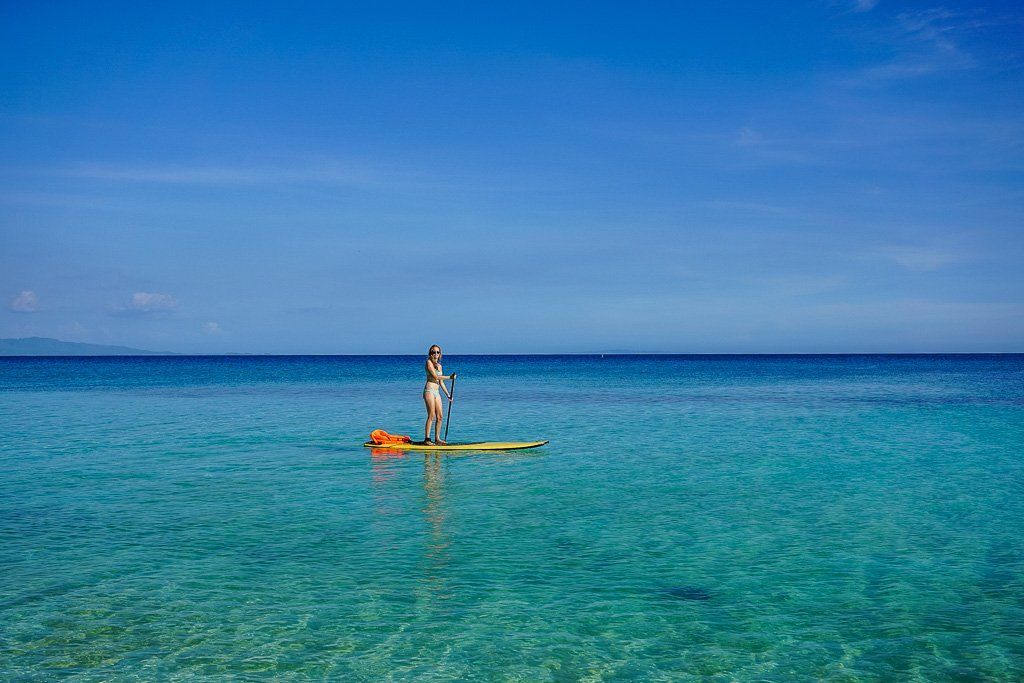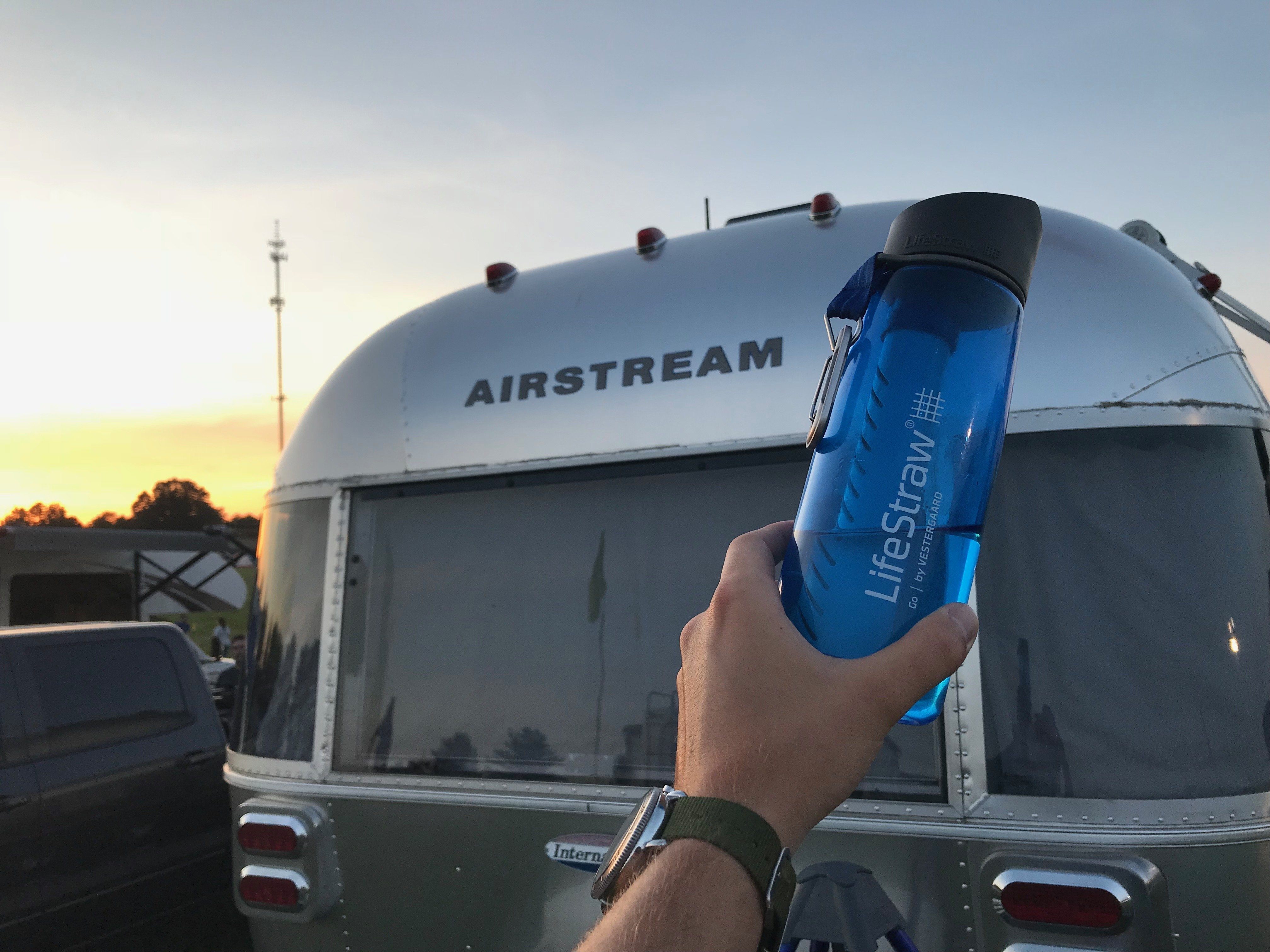
COVID-19's exacerbation of water insecurity in low-resource communities
July 13, 20
3 billion people lack the basic water and hand washing facilities in their homes to adequately protect themselves and their families against COVID-19.
As the coronavirus crisis spreads throughout the world, it is increasingly clear that people with the least access to essential services like water are feeling the most acute effects of the pandemic. Major health organizations have made it clear that hand hygiene is a simple yet critical way to prevent the spread of the virus. Yet for the 3 billion people, 40% of the world’s population, who lack water and basic hand washing facilities in their homes, this is advice is difficult to head. Inadequate water quantity also poses challenges for maintaining clean environments and sanitizing surfaces where the virus can survive.
Fetching water in western Kenya
Public health restrictions have also exacerbated water insecurity globally.
But water insecurity doesn’t stop at access to proper hand washing and sanitation - the COVID-19 pandemic has exacerbated many communities’ water insecurity. Social distancing and shelter-in-place orders can cause significant disruptions in people’s access to their most basic needs. Many families have to fetch their own water; about a billion people globally collect their water from sources outside of their homes, such as public wells, surface water bodies, or through water sharing across households – all of which involve frequent close proximity with other individuals and can facilitate COVID-19 transmission. Even trips to the grocery store to purchase bottled water puts individuals at risk of contracting the virus. In many communities, families are dependent on informal water distribution, such as water trucks and unlicensed vendors, many of which have temporarily ceased operation.
Worldwide 2.2 million lack access to safe drinking water, and even in the US, this is a reality.
Worldwide, 2.2 million people lack access to safe drinking water. The majority of communities facing a water crisis are in low- and middle-income countries, yet even here in the United States, many individuals and families don’t have consistent safe drinking water. In the Navajo Nation, even before the COVID-19 pandemic, over 40% of families were water insecure; 30-40% do not have running water in their homes. The relocation of Native Americans to government-owned reservations, the lack of infrastructure, decades of water contamination from mining spills, extreme weather patterns, and the high rates of poverty and persistent systemic discrimination, have all contributed to these inequities. Often families have to travel long distances to haul their own water, and many get their drinking water from non-potable sources, like wells designed to supply water to livestock, or from natural springs. Even the families that do have access to running water in their homes often do not trust the supply enough to consume.

Recipient of LifeStraw Family purifier in Navajo Nation through the Johns Hopkins University Center for American Indian Health.
The Navajo Nation has been disproportionately impacted by COVID-19, which has in turn, also exacerbated issues of food and water insecurity.
Unfortunately, for many Navajo families, the precarious situation of poor access to safe water has been exacerbated by the current pandemic. The first case of COVID-19 was reported in the Navajo Nation on March 17, and within several weeks the cases soared, reaching an infection rate of over 3.4% (by comparison, New York’s infection rate was 1.9% at its peak). The communities were forced into a strict shelter-in-place order for months to slow down the rate of transmission. And just last week, they were forced to reinstate lockdowns, in order to shield the community from major Coronavirus outbreaks occurring outside the reservation where cases are surging. Navajo families have had to balance shelter-in-place orders with the need to bring back water for their families. Compounding this problem is the fact that the Navajo Nation is a food desert – there are fewer than 15 grocery stores supporting over 200,000 individuals, and during the pandemic they have had even more limited supplies, including bottled water.
Tieron Johnson, a Program Coordinator at Rez Refuge in Fort Defiance, AZ, delivers a LifeStraw Community purifier to Manuelito Navajo Children's Home.
Homeless populations have also seen their access to safe drinking water severely restricted due to COVID-19
For the hundreds of thousands of individuals experiencing homelessness across the United States, orders to stay home are impossible to meet. And as unemployment rates sore due to the pandemic, and rent and mortgage payments are due, the number of unhoused individuals is going to surge. Even before the pandemic, lack of water was common in homeless encampments and many unsheltered individuals had difficulty accessing safe drinking water. Many resorted to drinking gathered rainwater or water straight from rivers or ponds, putting them at risk for many waterborne diseases. The pandemic has made it even more complicated. In many places, cities have had to dramatically reduce density in crowded homeless shelters to reduce coronavirus outbreaks. Stores, restaurants, libraries and other public places, all locations where people experiencing homeless would normally access free drinking water, have all had to close their doors due to the pandemic. This has left unhoused residents without options for safe water. And with summer temperatures rising, this puts them at even higher risk for severe dehydration.

Sorting LifeStraw Go bottles and supplies for distribution to the homeless and unhoused in LA.
Lack of access to safe drinking water can also negatively impact the body’s ability to fight against COVID-19
Drinking fluids is critical to staying healthy and maintaining the function of every system in the body. With COVID-19, as with all severe infections, the body must work intensely to mount an immune response. High fever is the immune system’s way of revving up metabolism to battle the infection, but is also associated with excess loss of fluids, which can quickly lead to dehydration. Hydration is also key to regulating the body’s core temperature, and dehydration can exacerbate an existing fever; even small losses in body fluid can cause body temperatures to rise. Compounding the issue further, people drinking untreated water are at risk for a multitude of waterborne illnesses, and a comorbid infection can lead to poorer outcomes with COVID-19. Where water is scarce, not only is hand washing limited and many people spend hours fetching water or waiting in crowded queues, increasing their risk of exposure to the virus, but dehydration and waterborne disease amplify the risk of severe illness or death from infection.
What LifeStraw is doing to respond.
LifeStraw has partnered with several organizations to help provide access to safe drinking water to communities severely affected by COVID-19. In the Navajo Nation, the Johns Hopkins Center for American Indian Health is delivering 70 donated LifeStraw Family filters to households that lack running water or do not trust their water enough to drink. In partnership with the Indian Health Service, their team has identified and prioritized families with elders, children, mothers and/or expectant women. Rez Refuge, an organization focused on Navajo youth development, has also used its existing network to provide LifeStraw filters to at-risk households, as well as several LifeStraw Community filters to local partners, including the Manuelito Navajo Children’s home, which serves local families and children. LifeStraw also donated 250 Go bottles to Bioneers Native Youth Leadership Program (many of whom have families affected by COVID, including loss of jobs and income, and also lack access to safe water.)
LifeStraw worked with the UCLA Student-Run Homeless Clinic to provide 80 LifeStraw Go water bottles which were included in care packages to individuals experiencing homelessness.
In Kenya, the LifeStraw team has engaged in a number of activities and programs to respond to the COVID-19 crisis, including the disinfection of communal spaces like markets and bus stops, community sensitization and education on WASH practices, ensuring that there are sufficient water points in public areas and in health centers, and installing hand washing stations (made locally from recycled LifeStraw purifiers!) throughout communities.
Hand washing stations made from upcycled LifeStraw purifiers that have been donated to rural health clinics in western Kenya.




